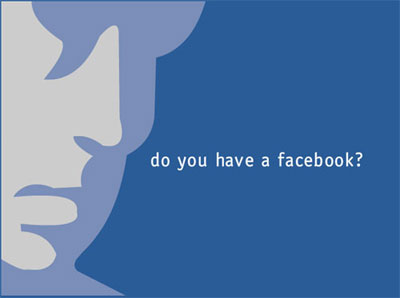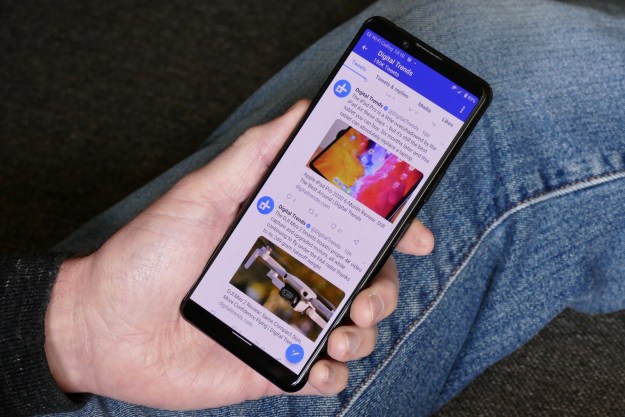 A new study confirms what your 130 Facebook friends and scores of Twitter followers may have already told you: The Internet and mobile phones are not linked to social isolation.
A new study confirms what your 130 Facebook friends and scores of Twitter followers may have already told you: The Internet and mobile phones are not linked to social isolation.
Online activities such as e-mail, blogging and frequenting Internet hangouts can even lead to larger, more diverse social networks, according to the study released Wednesday by the Pew Internet and American Life Project. The study refutes research earlier in the decade suggesting that people’s growing embrace of technology has come at the expense of close human connections.
“Social isolation has not changed that much since 1985,” said Keith Hampton, the main author of the study professor at the University of Pennsylvania’s Annenberg School for Communication. This means that very few adults — 6 percent of the population — say they have no one to talk to about important matters in their lives.
The 2008 survey of 2,512 adults did find that Americans’ core discussion networks — that group of people you count on being able to confide in — has gotten smaller in the past two decades. It’s down, on average, to about two people instead of three. They’ve also become less diverse because they contain fewer friends and more family members.
This trend, however, was not linked to the use technology. It’s not the Internet’s fault you have fewer good friends.
The Internet also hasn’t pulled people away from public places like parks, cafes and restaurants — just the opposite.
The study, which had a margin of error of plus or minus 2.5 percentage points and accounted for differences because of age, education and other factors, also found that people now tend to use cell phones more than landlines to stay in touch with closest family and friends.
In fact, people now text these close friends and family members as much as they use traditional landline phones, about 125 days out of the year.
Face-to-face contact is still the primary way people keep in touch. The average person sees each member in their close group of confidants 210 days out of the year. If they have a cell phone, they call each person in that group on 195 days.
Another interesting tidbit: Users of social networking Web sites are 40 percent more likely to visit a bar, but 36 percent less likely to visit a religious institution than those who shun Facebook, MySpace and the like.
Editors' Recommendations
- How to use Mastodon: create your account, join servers, and more
- Facebook’s new controls offer more customization of your Feed
- More Twitter users will soon see fact-check notes on tweets
- How to use Twitter Analytics
- You can now use the Add Yours sticker on Reels for Facebook and Instagram


